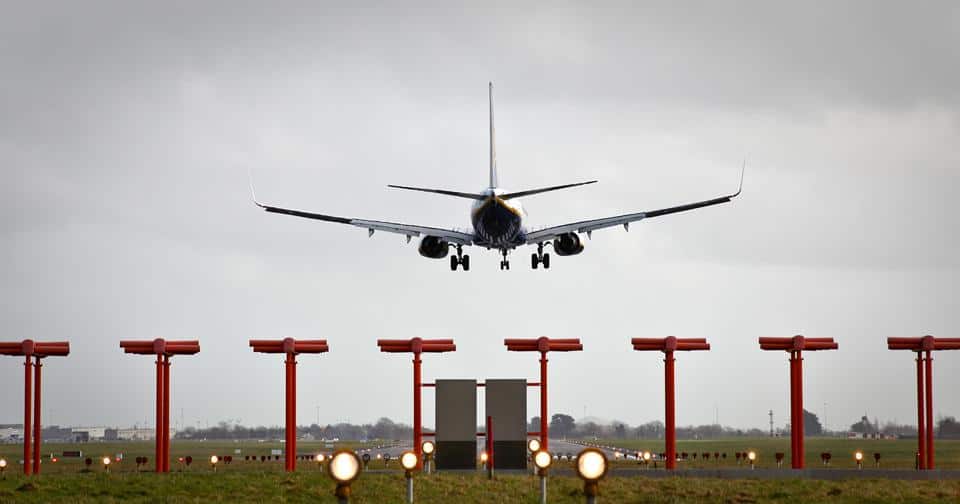Dublin Airport – Resilience project
Dublin Airport – Resilience project
Since the initial installation of the AGL control system at Dublin Airport in 2006, it has been significantly expanded to accommodate the airports requirements and growth. Stop bar control panels, surface movement radar (SMR) system interface, and the addition of a substation are a few projects that have been implemented, not forgetting continuous modifications to the ALCMS functionality.
Further development of the airport is planned, which includes for an additional runway and new taxiway infrastructure. Therefore, consideration to increase the capacity and capability of the airfield lighting control system is paramount in advance of the construction works.
Atg airports were contracted to provide new PLC cubicles for the East and West substations designed on similar bases to the existing substation equipment. The new PLC Cubicles were to be designed with the capacity to control and monitor 60 CCR’s, and ancillary plant equipment such as back-up generators. The doors of the cubicles would be fitted with a panel mounted HMI unit running a graphics package, and connected to the Maintenance PC which is located in the engineering office. This would enable the status of the system to be monitored from the substation and would also allow the engineering team the facility to ‘locally edit’ circuits, from the AGL Control System, for maintenance purposes.
During the project there was to be a re-organisation of the CCR’s in the East and West Substations ensuring that interleaved airfield services were not in the same location. In addition to moving around existing constant current regulators, new CCR’s would be connected to each of the PLC cubicles to improve the control resilience of the circuits. Rationalisation of the Bravo Taxiway segments was also implemented as part of the scope of works.
The existing fibre optic network had been installed in a “star” topology, which was required to have a central hub. As part of the West and East Sub resilience project, the fibre optic network was converted into a “virtual Ring” topology. The new PLC cubicles were incorporated into the Fibre optic communication network and also backed up by the airfield copper cable ring network. This required changes to the software in the ATC control tower hot standby PLC to incorporate the new communications links ensuring that high speed communications were achieved. The changes made to the tower PLC also needed to be reflected in the contingency tower software.
The SCADA systems also required modification to reflect the changes on the airfield to mirror the changes within the substations and to indicate the new interleaved circuits, the new CCR layout and revised communications network.


